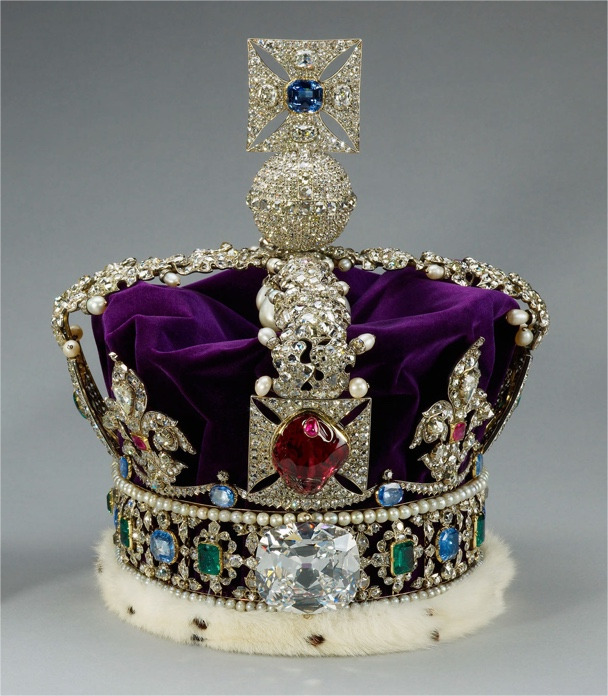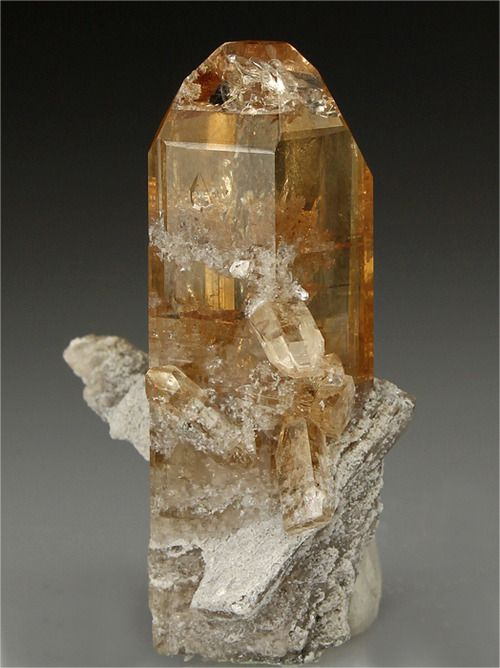While the most famous precious gemstones capture the majority of attention, their value is not solely determined by price. Factors such as mining difficulty, rarity, and durability contribute to their prestige, along with commercial promotion.
Many lesser-known gemstones are often used as substitutes or mistaken for more expensive ones, yet they possess their own unique beauty. Here, we introduce some affordable, lesser-known gemstones in the thousand-yuan price range that are both beautiful and accessible.
01
Spinel

Spinel has been called “the most underappreciated gemstone in history.” It was often supplied to Chinese imperial courts and included in royal treasuries from ancient mines. Many famous “rubies” throughout history have actually been identified as spinels.

Ancient mines in Central and Southeast Asia produced large spinel crystals, which were known as “balas rubies” at the time. Many of these exquisite gemstones were supplied to royalty or changed hands as spoils of war.
For example, the famous “Black Prince’s Ruby” in the British Imperial State Crown is actually a deep red spinel with a long history. In 1367, Edward, Prince of Wales (known as the “Black Prince”), acquired it as a war trophy.
After changing hands several times, it has been worn by Queen Elizabeth II since her coronation in 1953 and appears at the annual State Opening of Parliament. It is considered as significant as the Koh-I-Noor Diamond, the centerpiece of the Crown Jewels of England.

Spinel is renowned for being mistaken for rubies, sapphires, and other precious gemstones, which attests to its comparable color quality. Its hue can vary widely due to trace elements, and with a Mohs hardness of 8, it offers good durability and polishing results. Spinel is affordable, comes in a wide range of colors, and is very attractive.

Common spinel colors are predominantly cool tones, encompassing dreamy pastel pinks, blues, and purples. Higher chromium content results in intense red or pink hues, while iron produces violet to blue colors. Sometimes, a mixture of these elements can create orange or purple gemstones.
02
Garnet

Looking at this headdress, one can understand why garnets are called garnets. The translucent dark red garnets are as vibrant as they are mysterious. Garnets have a long history dating back thousands of years.
Egyptian pharaohs wore red garnet necklaces and were buried with them as precious possessions for the afterlife. Technically, garnet is not a single mineral but a group of minerals that encompasses almost all colors.

The garnet family is diverse, with common types including pyrope, almandine, and grossular. When selecting garnets, color can be a key factor in identification. The well-known tsavorite is a green grossular garnet, while pyrope and almandine garnets range from purple to orange-red. Spessartine garnets come in various orange hues, and uvarovite offers yellow and yellow-green colors.

Garnets typically have intense, vivid colors, making them ideal for vintage or bold designs. Some high-quality garnets rival rubies in color, yet they are much more affordable due to higher production. Prices generally range from a few yuan to several hundred yuan per gram, with exceptional pieces reaching over a thousand yuan. Overall, garnets offer excellent value compared to other faceted gemstones.
03
Topaz

Topaz, also known as yellow jade or yellow crystal, is a silicate mineral primarily formed by fluorine-rich vapors released during the final stages of igneous rock crystallization. The name has two possible origins: it may have evolved from the Greek “Topazios,” referring to a small island in the Red Sea where yellow olivine was mistakenly called yellow gemstone, or it may derive from the Sanskrit “Topas,” meaning “fire.”

Blue topaz is the most well-known variety, with subcategories like London Blue, Swiss Blue, and Sky Blue. However, it’s important to note that naturally occurring blue topaz is rare and typically very pale. Most blue topaz on the market has undergone radiation and heat treatment to enhance color. For example, the slight inky tone in London Blue is a result of these enhancement techniques.

Topaz is more affordable than aquamarine, with prices around 100-300 RMB per carat. Its colors are often delicate and ethereal, with high transparency. While topaz has a Mohs hardness of 8, it is brittle and has cleavage planes, making it susceptible to cracking if struck. Care should be taken when wearing topaz jewelry.
Gemstone cutting methods and color combinations offer considerable flexibility. The recommended gemstones come in a wide range of colors, catering to most preferences. There are also many single-color gemstones with distinctive hues, such as peridot, moonstone, tanzanite, rhodolite, lapis lazuli, labradorite, and amazonite. When choosing a gemstone, consider the color and characteristics that best suit your jewelry needs.
Affordable Gemstone Beauties: Hidden Treasures That Won’t Break the Bank
Tweet





